Apple sure knows how to put on a show! They kicked things off with this cool mix of AI-generated shots blended with real-life cinematography. And then, boom! There’s Tim Cook, Apple’s main man, just chilling on the lawn at Apple’s HQ. Gotta appreciate that Tim didn’t waste time with a lot of showboating. He jumped right into this heartwarming video about how the Apple Watch has been a real-life hero for some folks.
Related Reading
Contents
Apple Watch Series 9
It shouldn’t come as too much of a surprise, considering Apple kicking off the event focusing on the Apple Watch, but the Apple Watch Series 9 was the first device to be unveiled. The overall design seems to be the same compared to the Apple Watch Series 8, complete with rounded edges. Those hoping to see the Action Button from the Apple Watch Ultra are going to be disappointed, as it won’t be arriving this time around.
Coming as little surprise, the majority of the changes for the Watch Series 9 come in the form of “under-the-hood” upgrades. Notably, Apple introduced the S9 “SiP” or System in Package, which is claimed to be 30% faster than the S8 chip. This is an Apple Watch, after all, so it’s not like you need it to run a bunch of apps at the same time.
Another area where Apple improved the S9 is in the neural engine, as Siri is now “on-device”, meaning that your Apple Watch doesn’t need to relay information from your iPhone or the cellular connection. With this, Siri is now capable of providing your health data to you, such as how long you slept or ask it to log your weight without needing to take out your iPhone.
The new Neural Engine also brings another trick to the Apple Watch Series 9, as there’s a new “double tap” feature available. With double tap, you’ll be able to “easily control Apple Watch Series 9 using just one hand and without touching the display.” All you need to do is tap your index finger and thumb together twice to perform the action of a “primary button.” It’s all possible thanks to the neural engine combined with data collected from the accelerometer, gyroscope, and optical heart sensor.
Thanks to the improved power and efficiency of the Apple S9 chip, Apple was able to keep its 18-hours of battery life, while implementing a better display. The Apple Watch Series 9 is now capable of reaching up to 2000 nits of peak brightness, twice as much as the Series 8. This will make it easier to see when you’re in direct sunlight, removing the need to squint or move your wrist around just to see what’s on the screen. And the fun doesn’t stop there, as the new screen can now go as low as just 1 nit of brightness, so you won’t end up bothering the people around you if you forgot to turn off notifications after the movie has started.
Apple first introduced an Ultra Wideband or UWB chip with the iPhone 11, although you might better recognize it as the U1 chip. Since then, the U1 chip has expanded to almost all of Apple’s recently released devices, including the Watch Series 8, HomePod mini, and last year’s iPhone 14 models.
Every device announced during Apple’s iPhone 15 event is getting an upgraded Ultra Wideband chip, presumably named the U2. We’re fairly certain Apple can’t actually call it the U2 chip for copyright reasons, so the company is instead calling it the “second-generation Ultra Wideband (UWB) chip.”
With this in tow, the new UWB chip brings Precision Finding capabilities, meaning you’ll be able to pinpoint exactly where your iPhone is, right from your watch. Apple is also bringing better interoperability between your Watch Series 9 and HomePod, as it “will launch Now Playing to control the media.” And if you aren’t actively listening to anything on the HomePod, “media suggestions will appear at the top of the smart stack.”
The Apple Watch Series 9 is available in the same two sizes as its predecessor, coming in either 41mm or 45mm. In addition to the starlight, midnight, silver, and (PRODUCT)RED color options, there’s an all-new “pink” aluminum case. Pricing for the Watch Series 9 also remains the same, starting at $399 for the 41mm model with Wi-Fi, and going up to $429 for the 45mm variant. If you’re interested in picking one up, the Apple Watch Series 9 is available for pre-order starting now, and will begin shipping on September 22.
Apple surprised everyone with the release of the original Apple Watch Ultra alongside the iPhone 14 lineup in 2022. But the company is back with an updated model in 2023 thanks to the Apple Watch Ultra 2. This new model retains the same overall design as its predecessor, including the Action Button on the side, titanium body, and flat display.
Much like the Series 9, the majority of the major changes for the Apple Watch Ultra 2 are found under the hood. As expected, Apple is using the same S9 SiP for the Watch Ultra 2, meaning that you’ll enjoy new features such as the Double Tap gesture and on-device Siri interactions. Apple also claims that even with these changes, the Watch Ultra 2 with the S9 will still provide 36 hours of battery life with “regular use” and up to 72 hours when using Low Power Mode.
Another similar change that the Watch Ultra 2 brings is a brighter display, as Apple’s most durable smartwatch can now reach up to 3000 nits of peak brightness. This is 50% more than the original Watch Ultra, and is being touted as “the brightest display Apple has ever designed.” This will make it easier to interact with your Watch Ultra 2, but also improves the built-in Flashlight as you’ll be able to rotate the Digital Crown to double the brightness.
Something new coming to the Watch Ultra 2 is the all-new Modular Ultra Watch Face, giving you a plethora of customizable complications. According to Apple, there will also be a new complication that uses the “outermost edge to present real-time data like altitude, depth, or the passing seconds.” And for those who enjoy Night Mode on the current Watch Ultra, the built-in ambient light sensor will automatically activate this feature “in the dark.”
Pre-orders for the Apple Watch Ultra 2 are available starting today at the same $799 price as its predecessor. The Watch Ultra 2 will begin to ship and will be available in stores beginning on September 22.
Before getting to the really fun stuff, it wouldn’t be an iPhone event if Apple didn’t unveil its “standard” iPhone 15 and iPhone 15 Plus models. These devices feature the same 6.1-inch and 6.7-inch displays from the iPhone 14 and 14 Plus. But the displays are now using OLED displays as opposed to LCD panels from previous years.
Previously, only the Pro models offered OLED displays, but now everyone can enjoy the benefits. Along with simply looking better, the Retina XDR displays now offer up to 1600 nits of brightness, reaching a peak of 2000 nits (when in direct sunlight). The bezels have also been trimmed down, meaning that they won’t look like worse versions of their Pro counterparts.
Something else that the non-Pro models are borrowing from their counterparts is the Dynamic Island. After debuting alongside the iPhone 14 Pro series, the Dynamic Island now makes its way to the lower-end models. You’ll be able to enjoy all of the benefits of that Dynamic Island has to offer, such as being able to see the next directions from the Maps app, or check the score from your favorite team.
Powering the iPhone 15 and iPhone 15 Plus is Apple’s A16 Bionic chip, the same processor found in the iPhone 14 Pro and iPhone 14 Pro Max. This requires 20% less power than its predecessor while offering faster performance without sacrificing battery life.
As for the cameras, Apple is offering a pretty big upgrade thanks to the 48MP main wide-angle lens, paired with the 12MP Ultra Wide camera. With the 48MP main camera, you’ll also find support for “super-high-resolution photos” at either 24MP or 48MP. This larger sensor brings a 2x optical zoom, providing iPhone 15 and iPhone 15 Plus users with a 2x 12MP telephoto camera, despite there not actually being a telephoto sensor built into the phone.
Lastly, the design of the iPhone 15 and iPhone 15 Plus has been tweaked, despite still relying on a combination of glass, aluminum, and the Ceramic Shield screen. According to Apple, the company is now “infusing” the color throughout the back glass, while offering a while “being polished with nanocrystalline particles and etched to create a luxurious, textured matte finish.” You’ll also enjoy a matte finish on the new “contoured” edge, resulting in a phone that won’t slip out of your hands quite as easily.
Both the iPhone 15 and iPhone 15 Plus are available in five different colors: Black, Blue, Green, Yellow, and Pink. There are also three different storage options including 128GB, 256GB, and 512GB. Pricing for the iPhone 15 starts at $799 for the 128GB model or $899 for the iPhone 15 Plus with the same amount of storage. Pre-orders for these phones starts on Friday, September 15, and will be available across more than 40 countries starting on Friday, September 22.
When it comes to Apple’s yearly iPhone release cycle, we get the most excited about the Pro and Pro Max models. While there were rumors of an iPhone 15 Ultra, those claims didn’t come to fruition, as Apple stuck with the same naming convention that we’ve been used to.
The iPhone 15 Pro and iPhone 15 Pro Max represent the “best” of what Apple has to offer in terms of mobile innovation. And it all starts with the introduction of the aerospace-grade titanium build. Not only will this improve the durability of the most expensive iPhone, but it also makes it much lighter than its predecessors.
Both models still feature a 6.1-inch or 6.7-inch Super Retina XDR display, complete with Always-On and ProMotion. But one of the primary complaints about pretty much every iPhone since the iPhone 12 was that the phones were just too uncomfortable to hold. That’s now changing thanks to the “contoured edges” along with the “brush texture.”
In recent years, we’ve seen phone makers move away from the mute switch, but the iPhone was one of the last remaining hold outs. That’s no longer the case, as Apple has now replaced it with a dedicated Action Button. The default action will still be to toggle between ring and silent, but you’ll also be able have additional options including the following:
- Quickly accessing the camera or flashlight
- Activating Voice Memos
- Activating Focus Modes
- Translate
- Accessibility features like Magnifier
- Activating Shortcuts
Apple has also implemented haptic feedback into the iPhone 15 Pro to let you know when the Action Button is being activated.
Powering the iPhone 15 Pro and Pro Max is Apple’s all-new A17 Pro processor, which marks the first SoC to be built on the 3nm process. The company claims the CPU is 10% faster, the Neural Engine is twice as fast, and the GPU is 20% faster. Speaking of which, the A17 Pro also made way for Apple to announce that Resident Evil Village, Resident Evil 4, Death Stranding, and Assassin’s Creed Mirage are all coming to the iPhone. Considering those titles were previously only available on consoles or PCs, it’s quite a feat.
It wouldn’t be a “Pro” iPhone if Apple didn’t announce some new improvements to the cameras, and the company did just that. Both the iPhone 15 Pro and iPhone 15 Pro Max are being touted as featuring “the equivalent of seven pro lenses.”
With the iPhone 15 Pro, this is made possible between the triple camera array on the back, headlined by the 48MP main wide-angle lens. It’s accompanied by a 12MP Ultra Wide camera and 12MP 3x telephoto lens. You’ll also be able to enjoy a 2x telephoto camera that relies on the quad-pixel sensor found in the main 48MP camera.
The iPhone 15 Pro Max gets all of the same cameras as the smaller model, but the 3x telephoto lens is being replaced. For the first time in an iPhone, Apple is implementing a periscope telephoto camera, capable of offering 5x zoom. This is something that has been available in Android phones since 2019, and thanks to the larger case size of the iPhone 15 Pro Max, is now available in an iPhone.
Perhaps one of the most exciting features coming to all four iPhone 15 models is the introduction of USB-C. That’s right! You’ll no longer need to beat yourself up if you forget your Lightning cable at home, as you can just use the same USB-C charger as your iPad or MacBook.
With the move to USB-C this improves transfer speeds by 20x, allowing you to transfer files from your iPhone to your computer faster than ever. The only “catch” is that the standard iPhone 15 and iPhone 15 Plus are keeping the same transfer speeds as the Lightning cable, just in a new connector.
As you might have suspected by now, all four iPhone 15 models are also getting the upgraded second-generation Ultra Wideband chip. This will enable the ability to use Precision Finding within Find My Friends, along with making it possible for two iPhone models to connect “at three times the range as before.”
Lastly, Apple has continued to improve its satellite capabilities, and is introducing Roadside Assistance via Satellite. In partnership with AAA, you’ll be able to quickly and easily connect with the company and get roadside assistance if you run into car trouble. Apple states this feature will be included for free for two years, and the service is covered for those who have a AAA membership.
Pricing for the 128GB iPhone 15 Pro comes in at $999, while the iPhone 15 Pro Max starts at $1199. The difference here is that Apple is no longer offering the iPhone 15 Pro Max with “just” 128GB of storage, and instead starts off at $1199 for 256GB. This is actually the same price as the iPhone 14 Pro Max with the same storage configuration, but just with the removal of the 128GB model from the lineup.
During its iPhone 15 event, Apple took a lot of time and even included a dedicated spot in regards to Carbon Neutrality and reducing the company’s carbon footprint. For the first time ever, if you combine the Apple Watch Ultra 2, Apple Watch Series 9, Apple Watch SE with select watch bands, you’ll be receiving one of the first-ever Carbon Neutral products.
Apple has also redesigned the packaging and materials of its smartwatches to be 100% fiber-based. You’ll also find a new logo that lets you know which products and accessories are carbon neutral.
To go along with this, Apple also announced that it will “no longer use leather in any new Apple products, including iPhone accessories.” With the iPhone, Apple introduced a new “FineWoven Case with MagSafe”, along with a new FineWoven Wallet with MagSafe. These FineWoven accessories are made of 68% post-consumer recycled content, along with durable microtwill.
The Apple Watch Ultra 2 gains a new Trail Loop and new Alpine Loop, which contain more than 30% recycled content. If you want the Alpine Loop, you’ll be able to choose between blue, indigo, and olive, while the Trail Loop comes in orange/beige, green/gray, or blue/black.
Meanwhile, Apple also brought FineWoven to its watch bands, as it’s now available with the Magnetic Link or Modern Buckle bands. This provides a “suedelike feel” and looks to be extremely comfortable to wear. Apple even went so far as to redesign the Sport Loop to include 82% recycled yarn. There’s even a new series of Nike watch bands, with the Sport Band containing 32% “or more recycled fluoroelastomer, including colorful flakes made from excess bands that create a randomized pattern.” And the Sport Loop features a “space-dye pattern repurposes yarn from previous seasons.”
Many of these accessories are already available, meaning that you can order them now and receive some of them as early as this week.
Andrew Myrick is a freelance writer based on the East Coast of the US. He enjoys everything to do with technology, including tablets, smartphones, and everything in between. Perhaps his favorite past-time is having a never-ending supply of different keyboards and gaming handhelds that end up collecting more dust than the consoles that are being emulated.
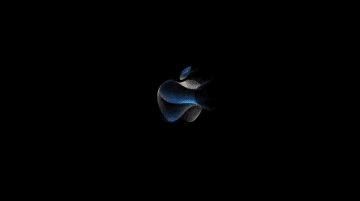
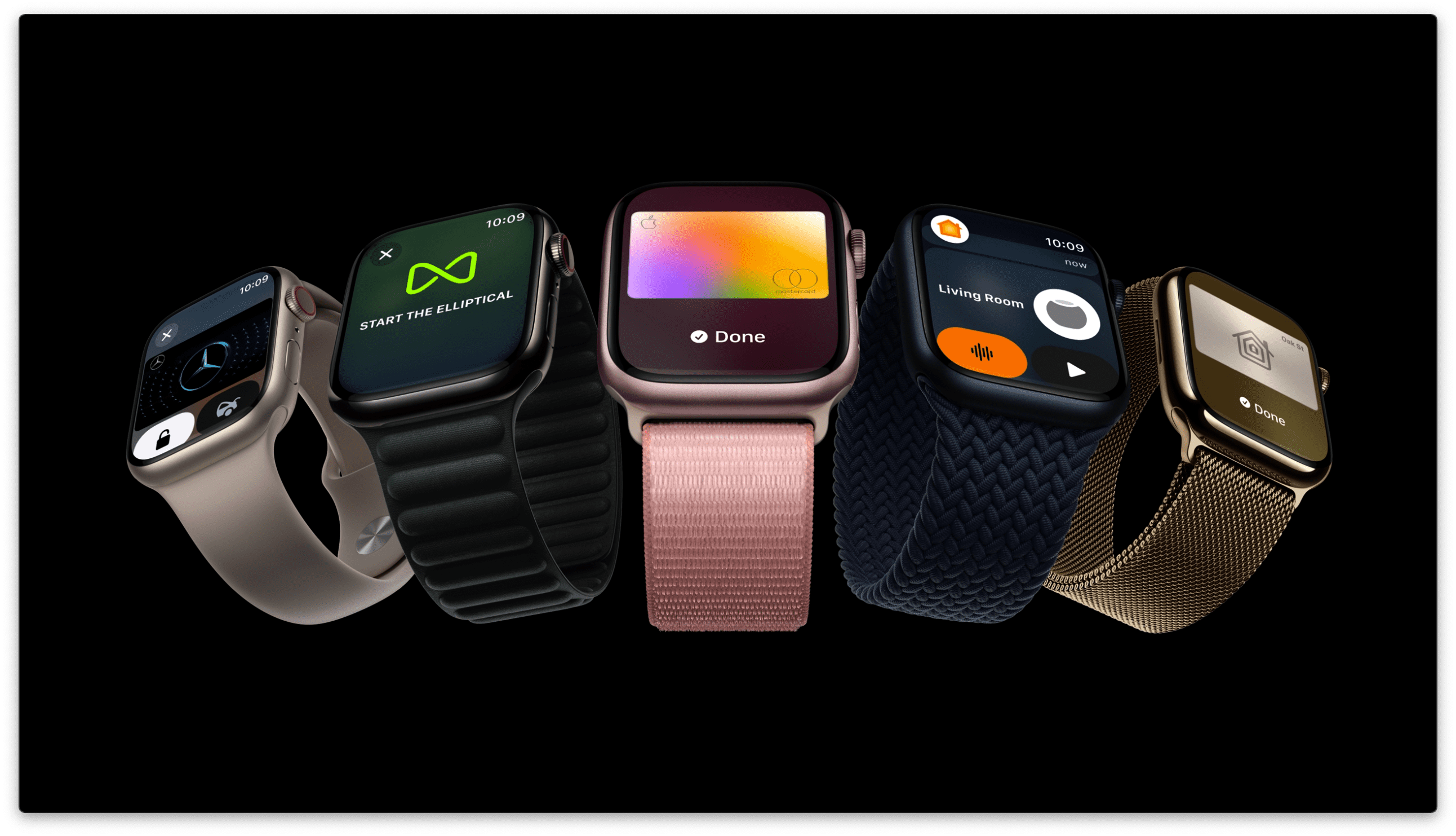
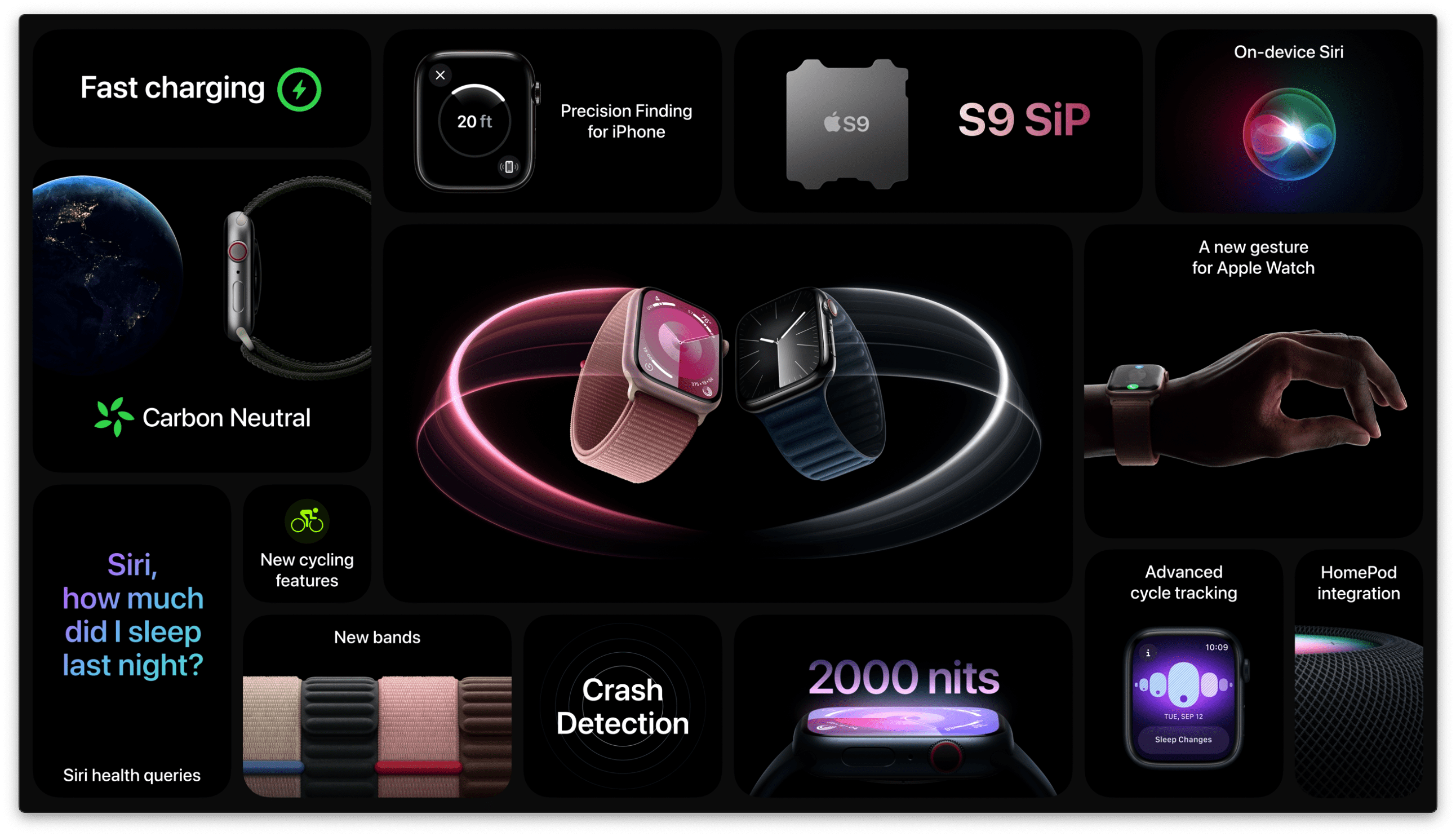
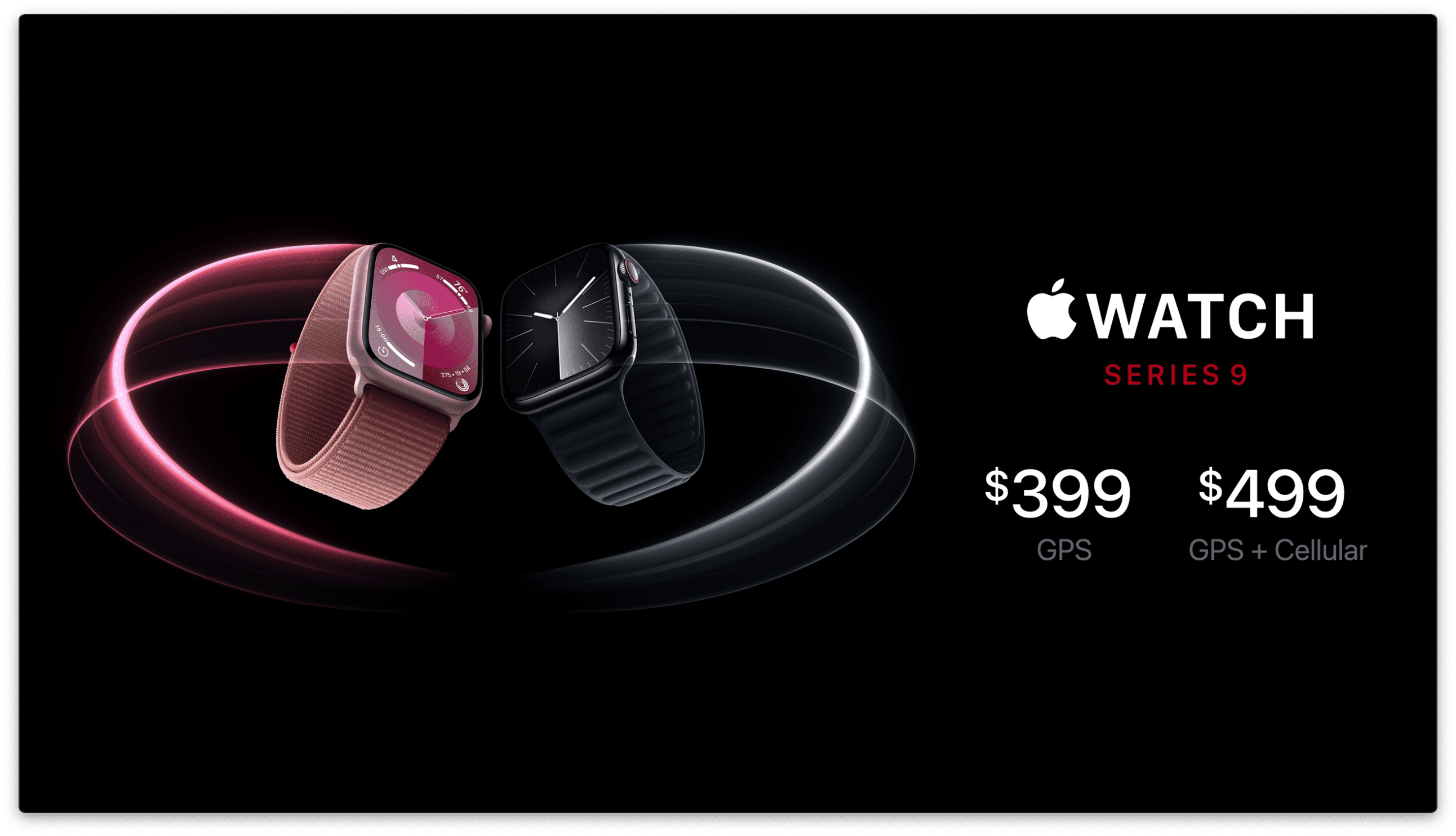
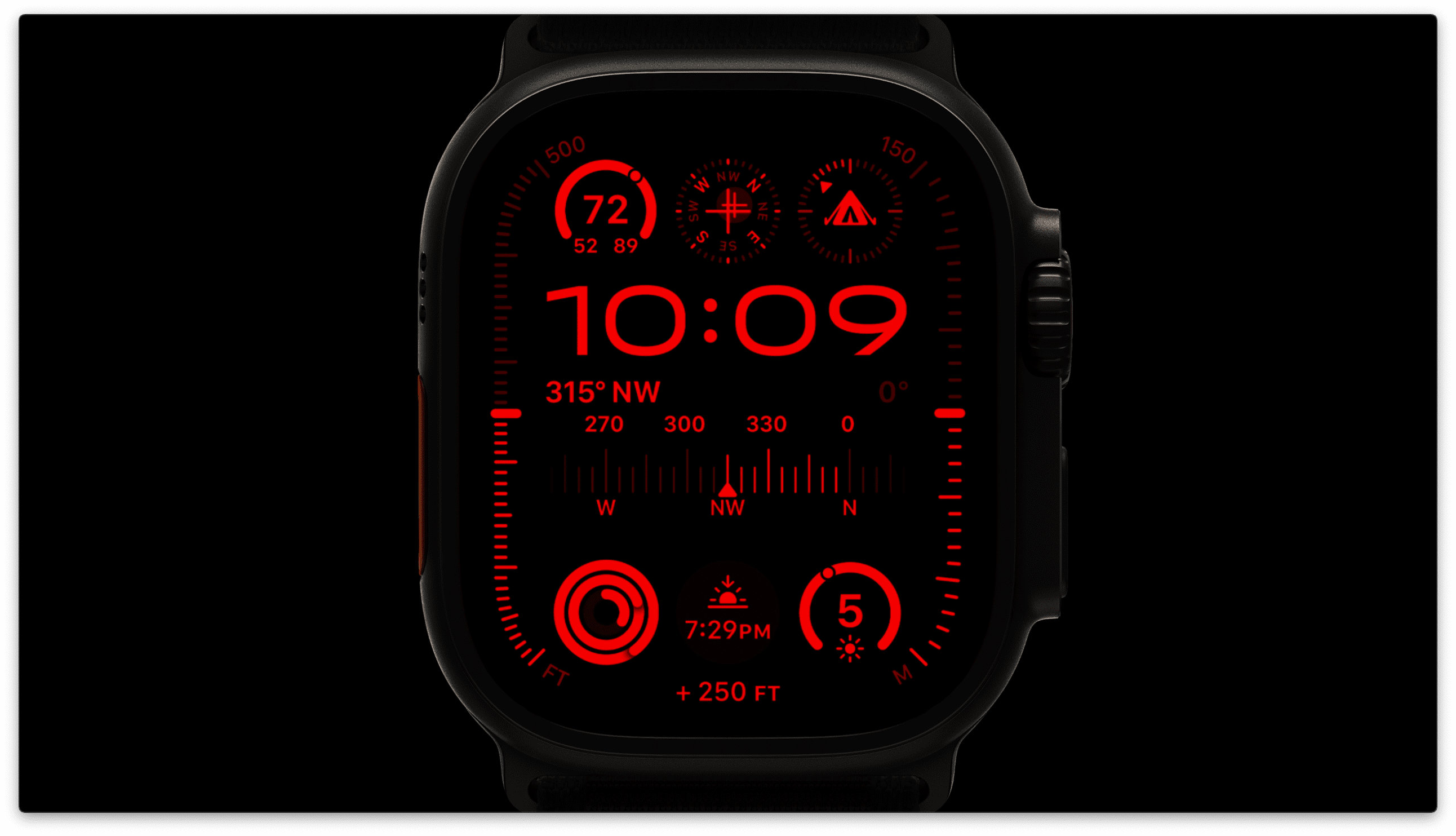
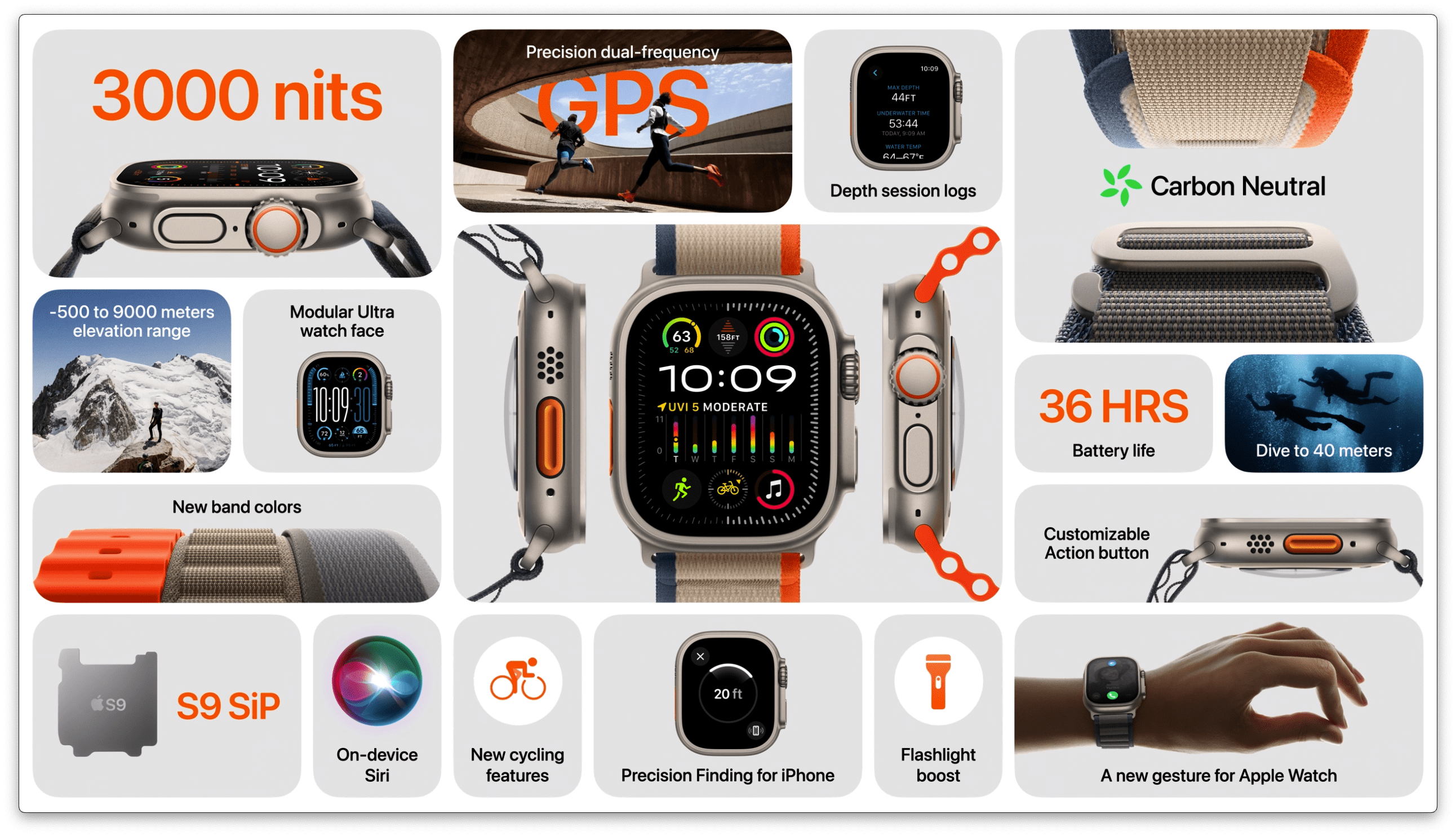
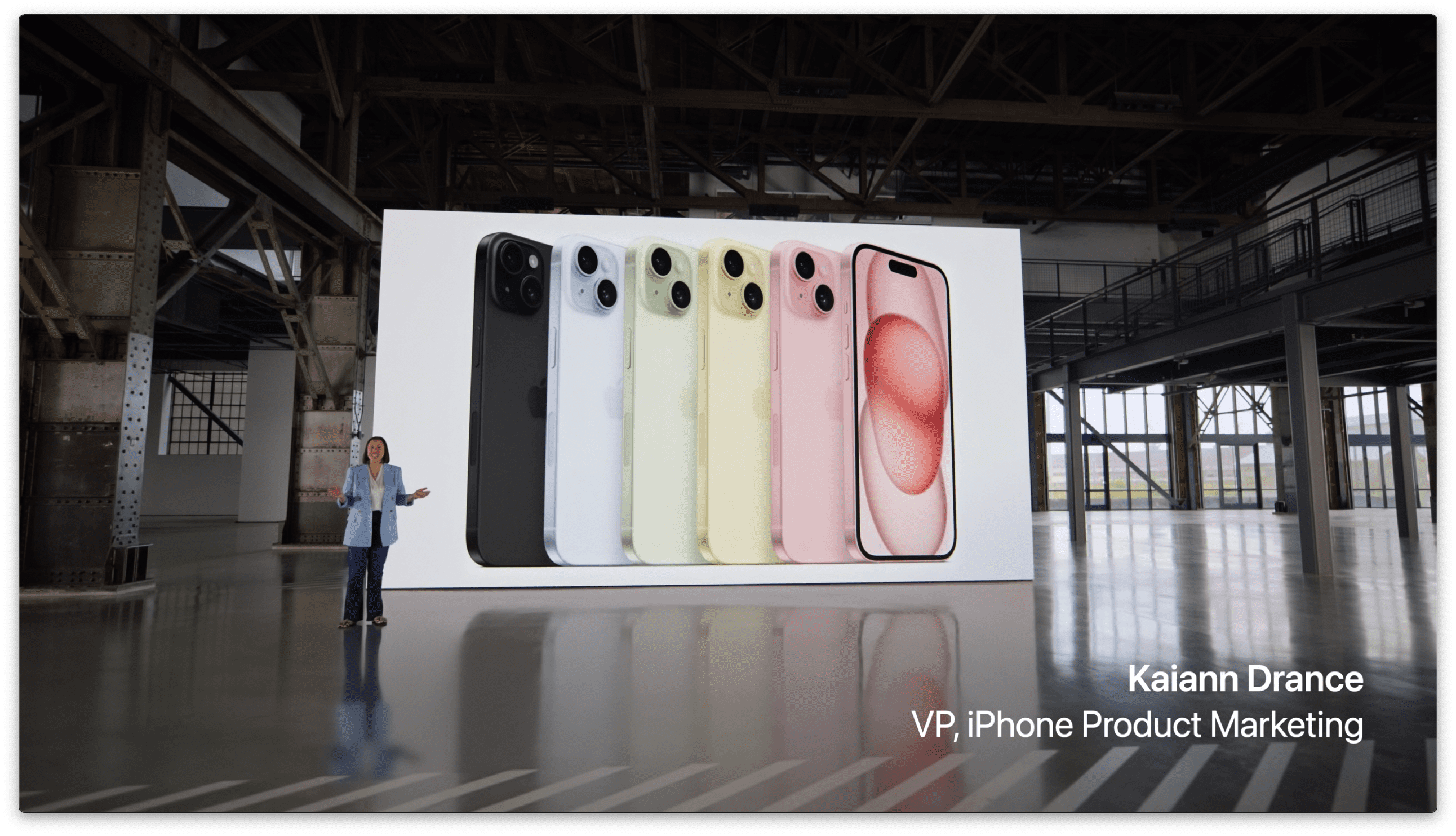
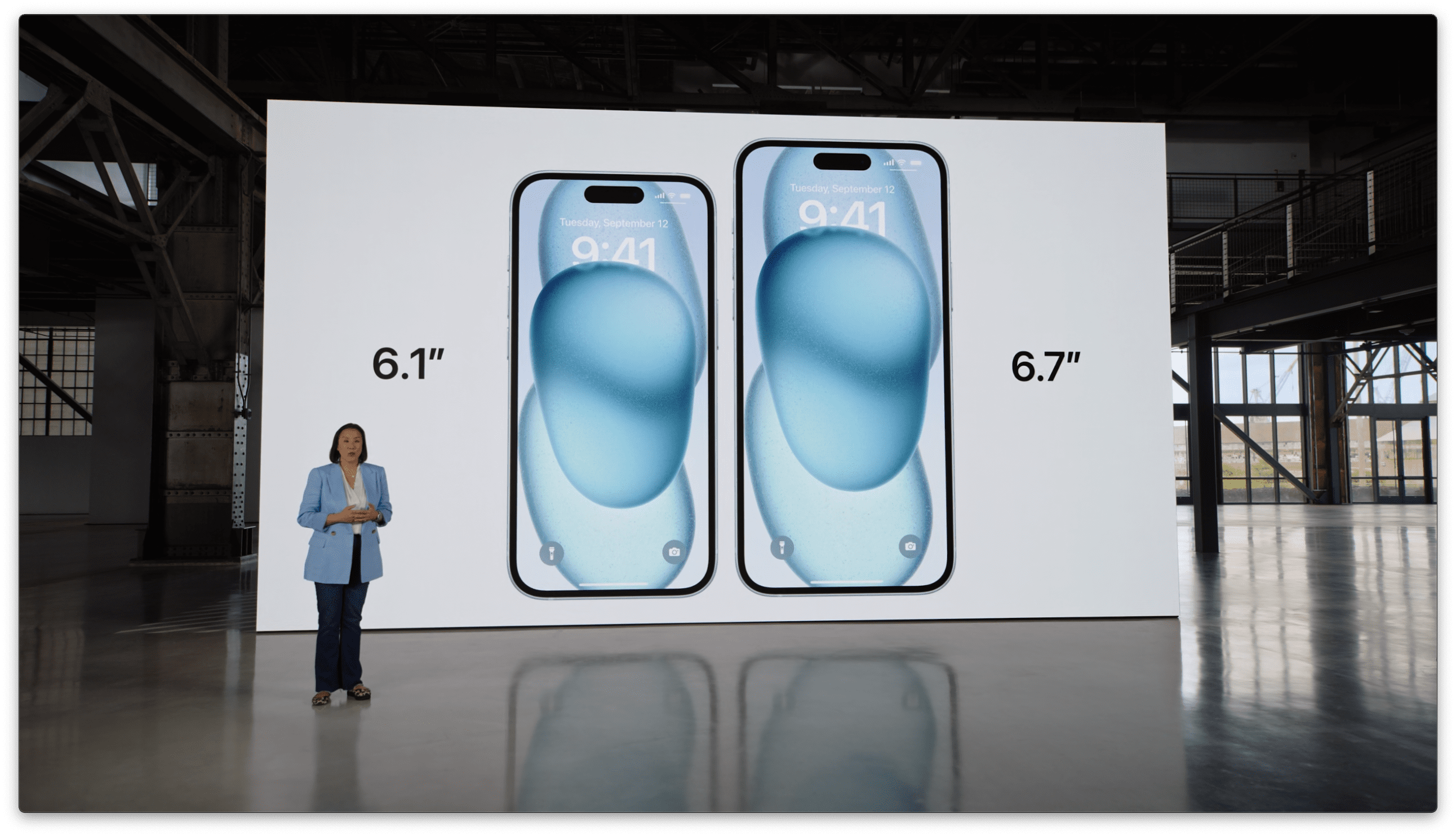
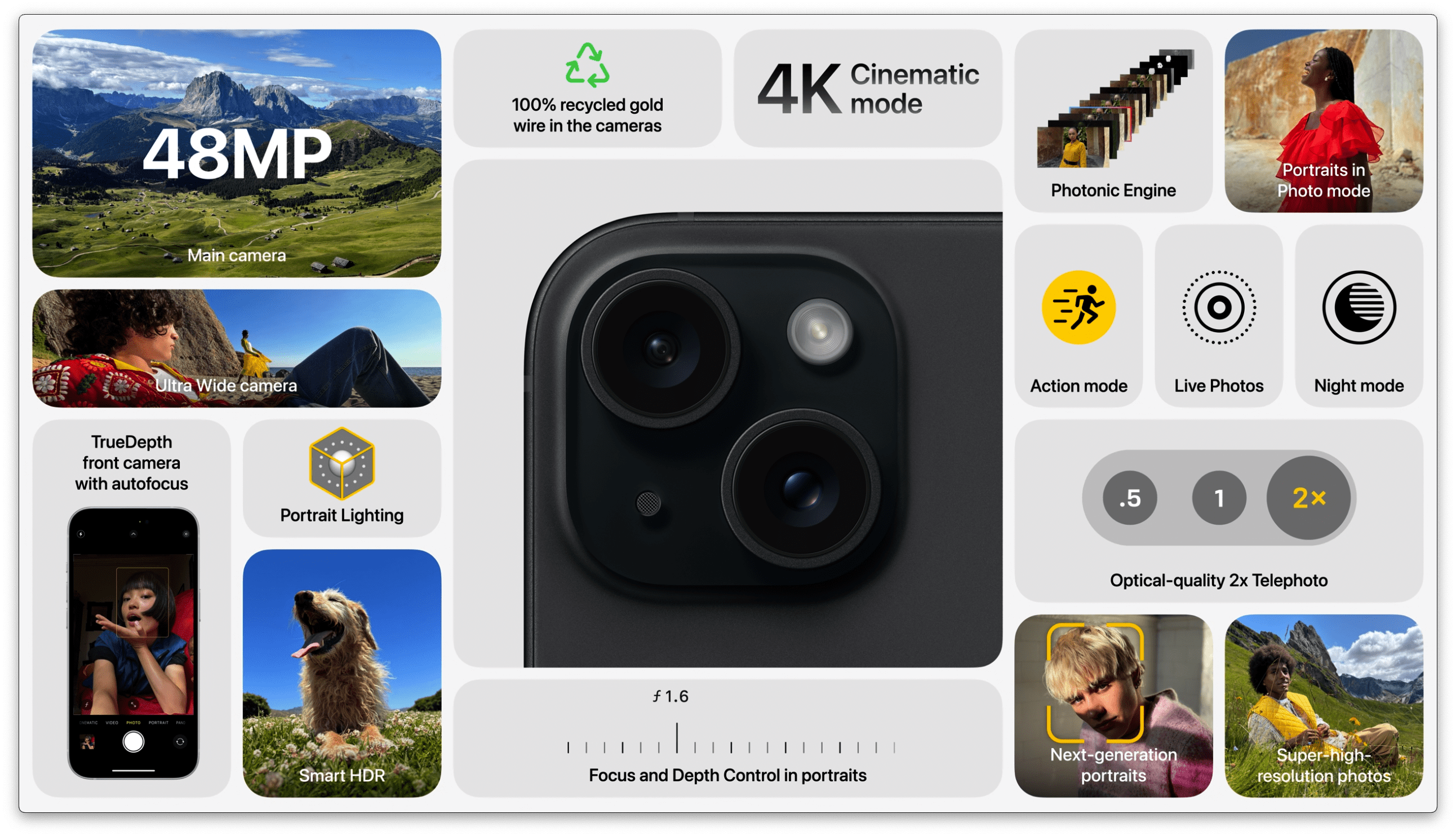
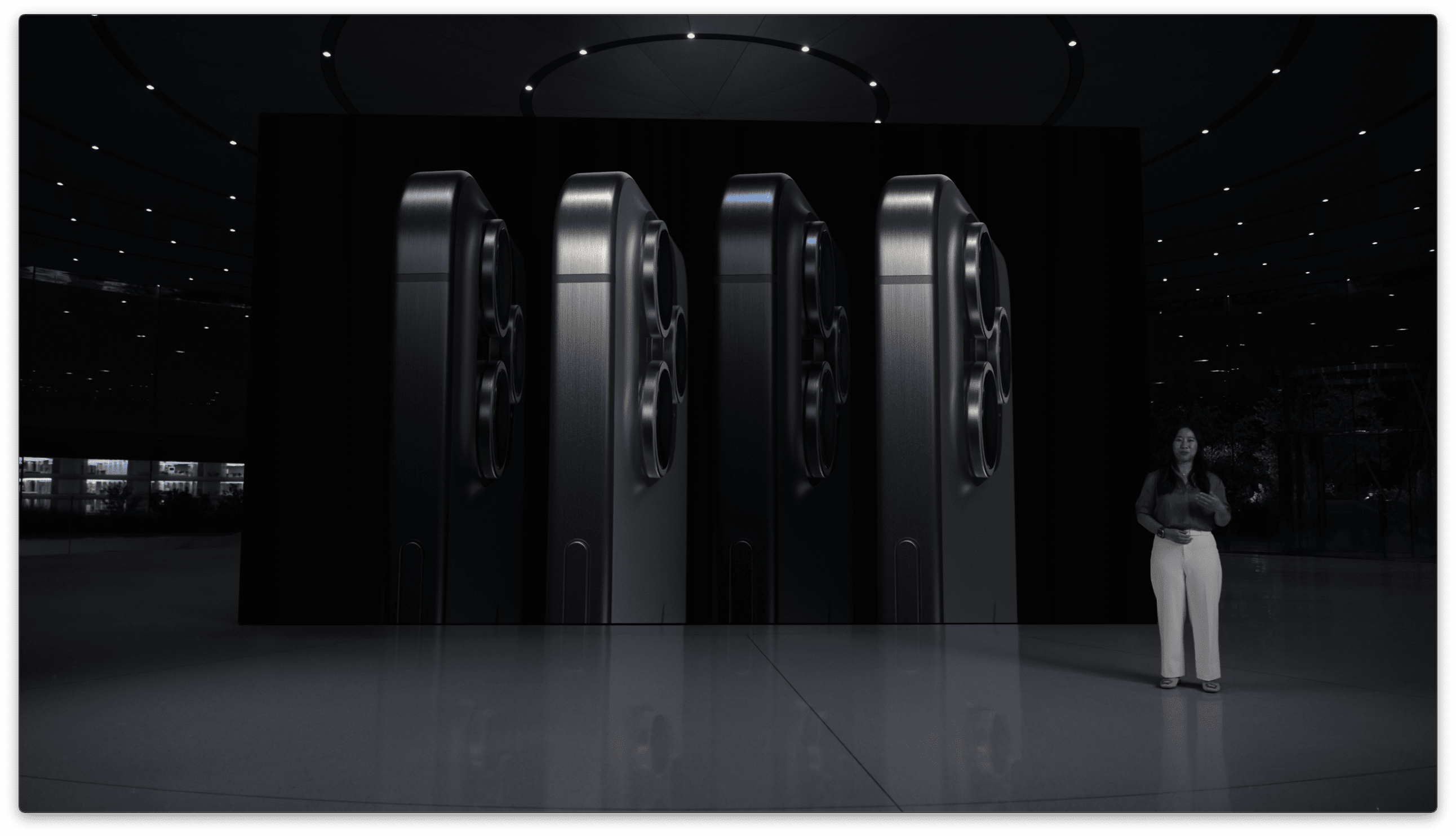
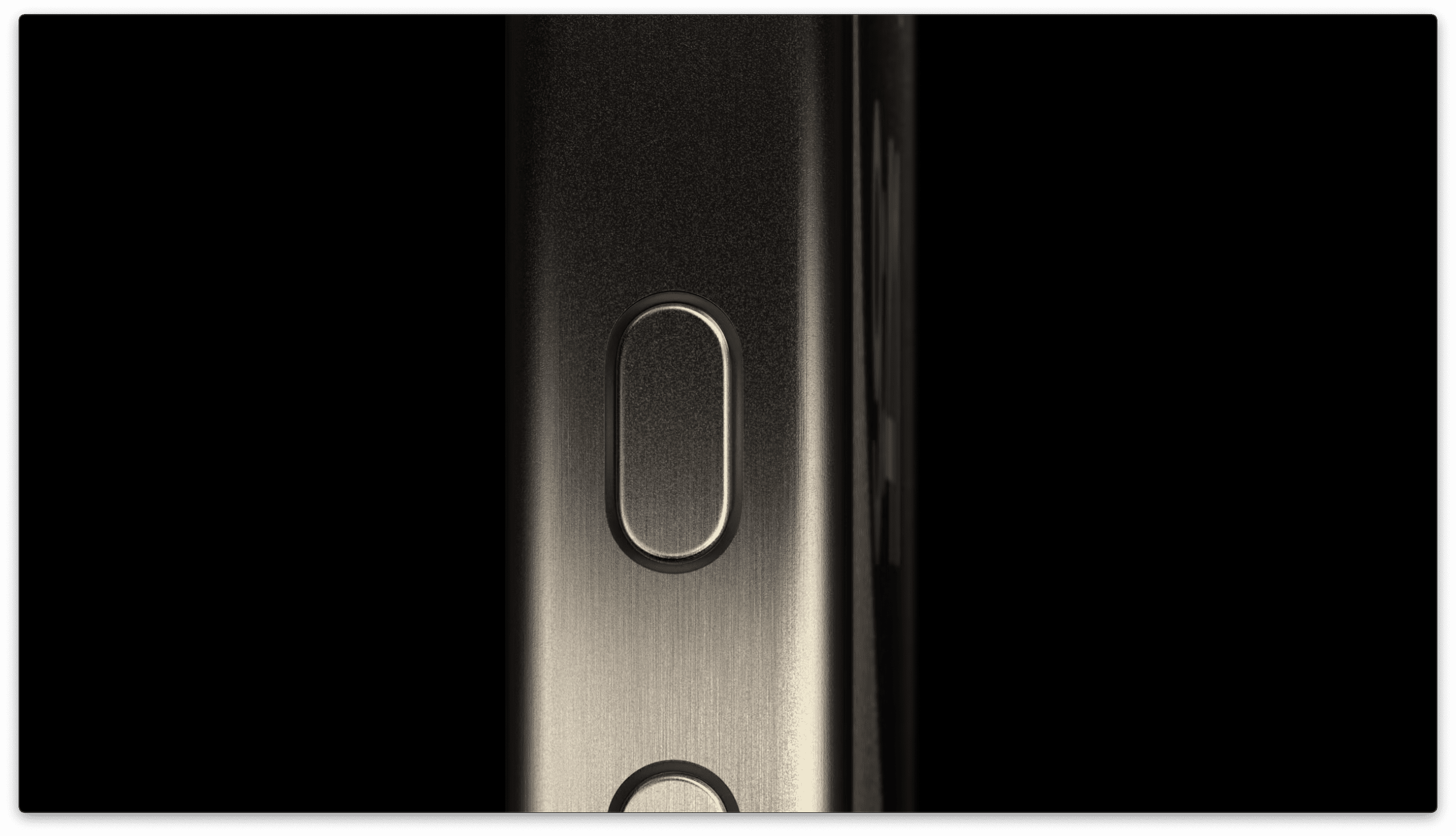

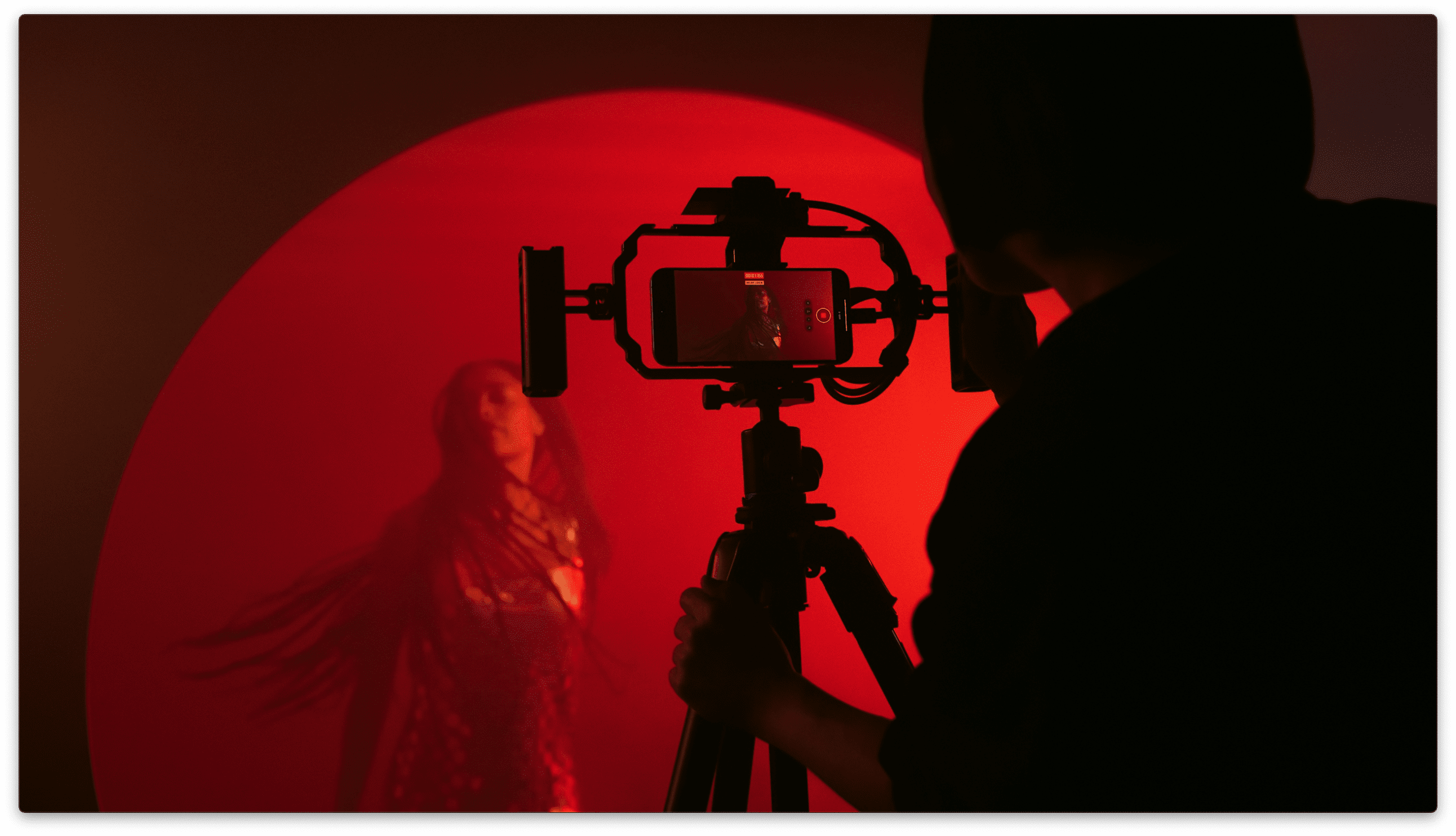

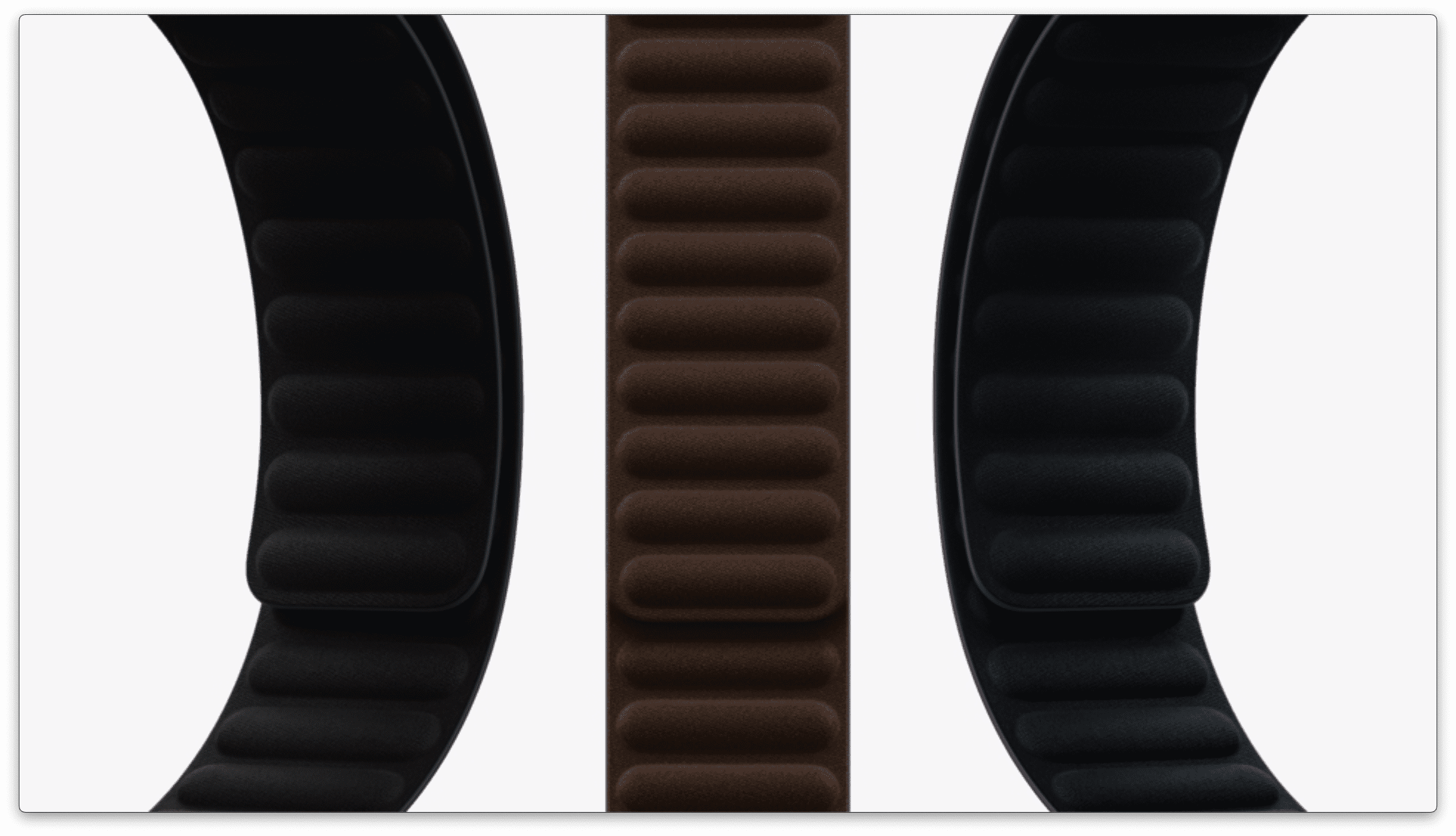

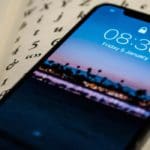
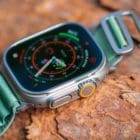

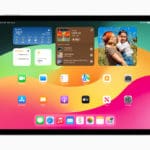
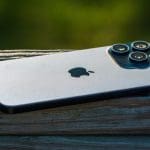
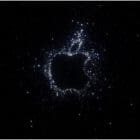

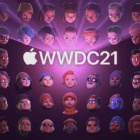
Write a Comment